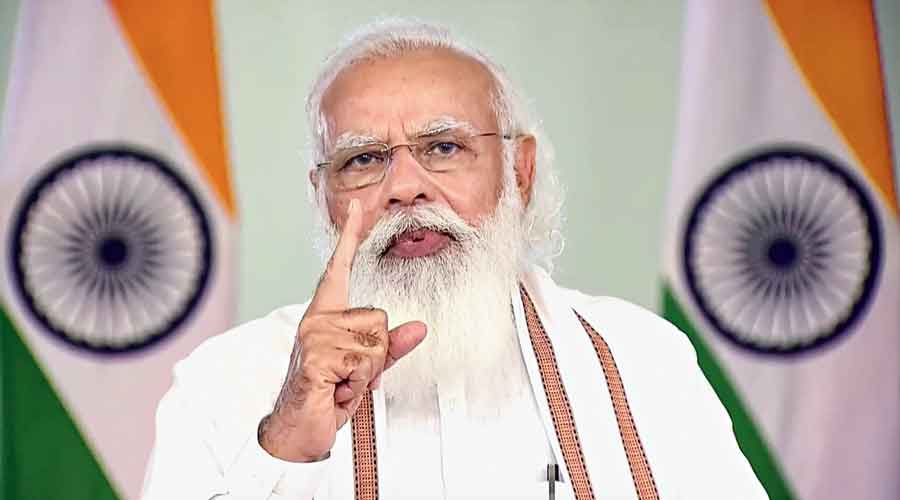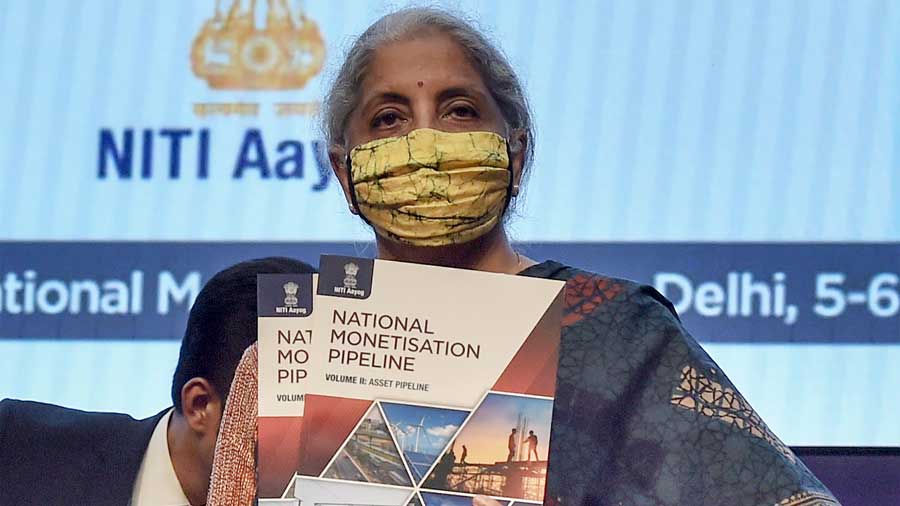The Narendra Modi government plans to farm out a vast trove of assets to the private sector over the next four years to raise Rs 6 lakh crore through an elaborate asset monetisation exercise.
“This is not a fire sale of government assets,” Niti Aayog vice-chairman Rajiv Kumar said, taking pains to emphasise that the government would not be ceding ownership. “We are only offering brownfield assets; no land is involved.”
The privatisation plan had been announced in the Union budget in February and is designed to boost the public finances of a cash-starved government.
The assets, to be offered through a variety of concessionaire models, belong to sectors like roads, ports, airports, railways, warehousing, gas and product pipelines, power generation, power transmission, mining, telecom, stadium and hospitality infrastructure.
Roads and railway assets will unlock the greatest value with the estimates put at Rs 1.62 lakh crore and Rs 1.52 lakh crore, respectively.
Six of the 22 road stretches on offer in the eastern region are in Bengal: Palsit-Dankuni (64km), Panagarh-Palsit (67km), Purnea-Dalkhola (36km), Dalkhola-Islampur (88km), Islampur-Sonapur-Ghoshpukur (44km), and Salsalabari to the Bengal-Assam border (26.5km).
The asset monetisation plan in the railways involves handing over 400 stations (including those in New Delhi and Mumbai), 90 passenger train operations, 1,400km of tracks, 673km of dedicated freight corridor and 15 stadiums. Railway colonies will be monetised.
The stations will be handed over to the private sector under 50-99 year concessions.
The plan hints at farming out the heritage Darjeeling Hill Railway system — the country’s oldest mountain railway system, built in 1879 —through an operate, maintain and develop (OMD)-based public-private participation model as it may require considerable investments.
Four port-related projects in Kidderpore and three in Haldia will be on offer.











